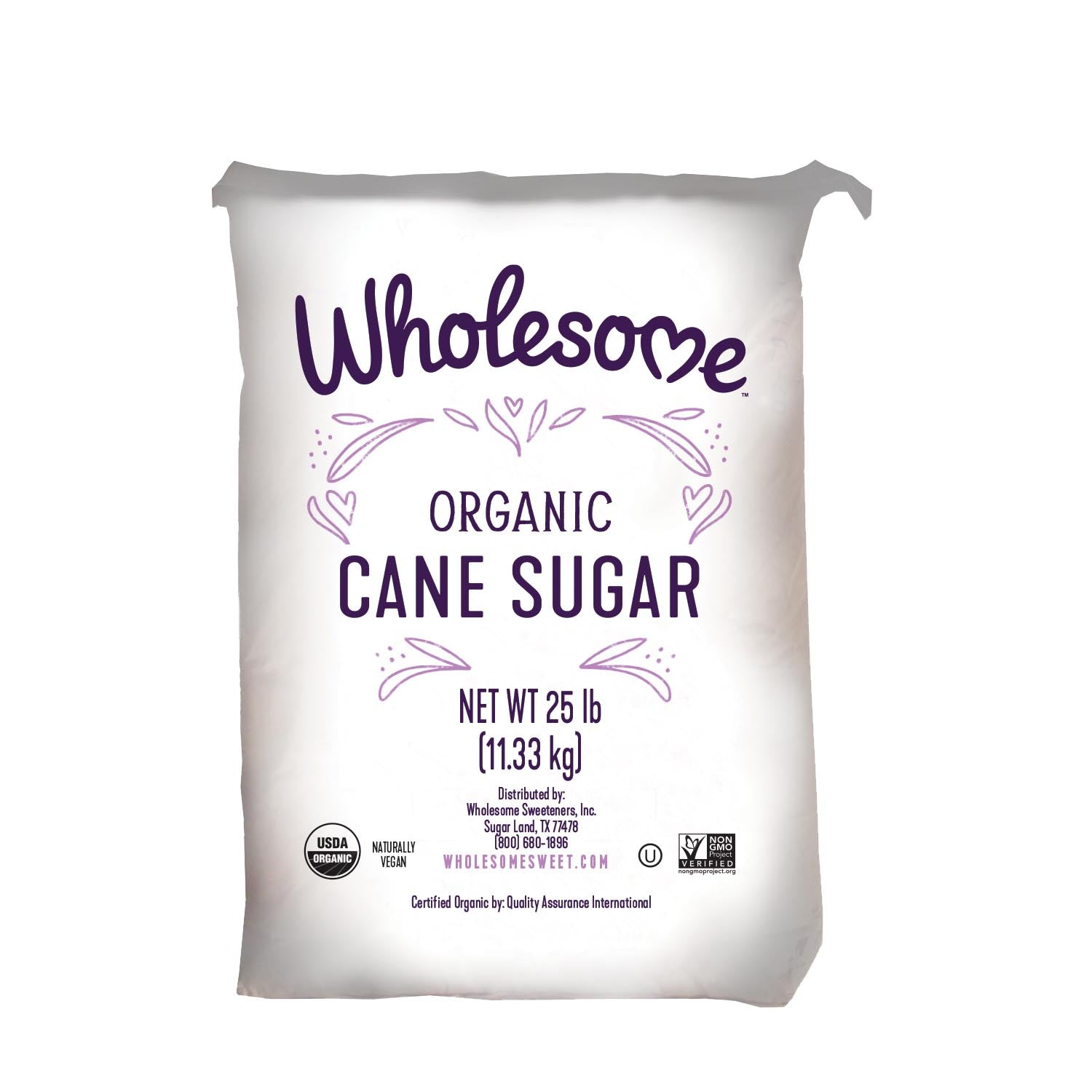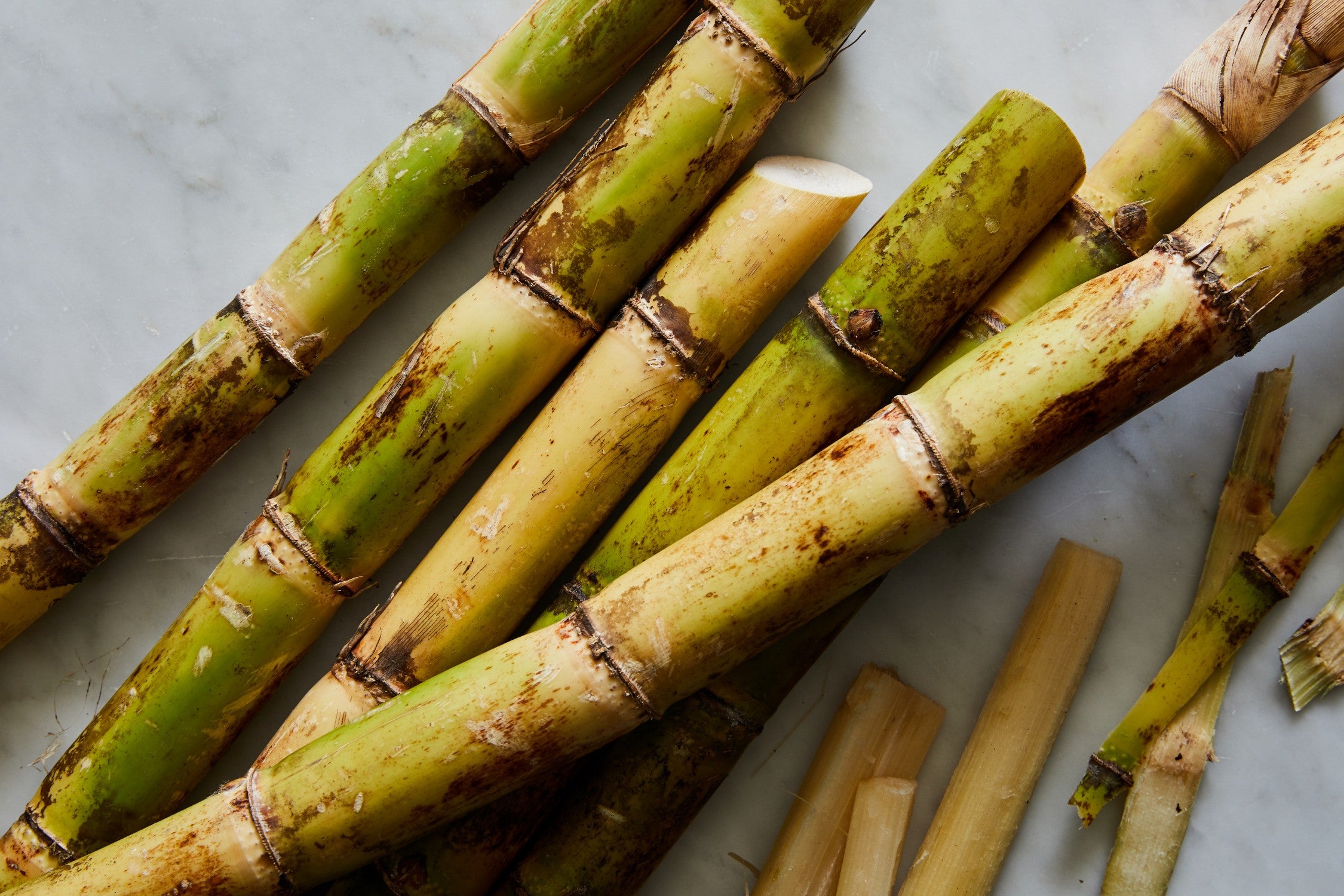Discovering the Comprehensive Tips Associated With Walking Cane Sugar Processing From Gathering to Improvement
The procedure of walking cane sugar manufacturing includes a collection of complex steps, starting with the cautious harvesting of sugarcane and finishing in the refinement phases that make sure the final item meets sector standards. Each stage, from the extraction of juice to the filtration and condensation procedures, plays a crucial duty in establishing the top quality and character of the sugar. Comprehending these stages not just highlights the complexity of sugar manufacturing but likewise elevates vital inquiries about effectiveness, sustainability, and development in the sector. What implications do these aspects have for future practices?
Harvesting Sugarcane
Collecting sugarcane is a vital action in the walking stick sugar processing chain, as it directly influences the quality and return of the end product. Appropriate timing and techniques are essential throughout this stage to ensure ideal sugar content and lessen losses. Usually, sugarcane is collected when it reaches maturity, usually 12 to 18 months after growing, identified by a high sucrose focus.

Post-harvest, the sugarcane has to be processed quickly to stop sucrose degradation. Ideally, harvested cane should be carried to refining facilities within 1 day to maintain sugar top quality. For that reason, efficient logistical preparation is critical to keep the integrity of the collected crop throughout the supply chain.
Removal Process
:max_bytes(150000):strip_icc()/canesugarBURCUATALAYTANKUT-42971cd7f8b84b4fb756984c18728339.jpg)
The smashed walking stick undergoes a collection of pushing operations to make best use of juice recovery. Typically, hot water is splashed onto the smashed walking cane, developing a countercurrent circulation that assists liquify the sugar while likewise assisting in the extraction process. The juice gathered from this procedure consists of not only sugar however also numerous natural substances and contaminations.

To enhance removal effectiveness, some facilities may employ diffusion techniques, where the sugarcane is taken in warm water, allowing the soluble sugars to diffuse into the liquid. The resulting juice, abundant in sucrose, is then routed to succeeding handling stages, laying the foundation for purification and improvement. The extraction process is hence essential in identifying the high quality and return of the last sugar product.
Filtration Strategies
The purification strategies used in cane sugar processing are vital for changing the raw juice into a premium sugar product. These methods mainly intend to eliminate pollutants, such as soil, plant products, and not natural substances, which can negatively affect the last item's taste and color.
This procedure includes adding lime and heat to the raw juice, which assists in the coagulation of contaminations. In addition, the use of phosphoric acid can improve the clarification procedure by further binding impurities.
One more considerable technique is carbonatation, where co2 is presented to the cleared up juice. This reaction creates calcium carbonate, which captures remaining impurities and promotes their elimination.
Additionally, turned on carbon therapy might be related to adsorb any type of remaining colorants and organic impurities, making certain a more refined product. The combination of these techniques successfully prepares the sugar juice for succeeding actions in the refining procedure, establishing the stage for the production of premium cane sugar.
Crystallization Techniques
After the filtration phase, the next critical action in walking cane sugar handling involves formation approaches, which play a crucial function in changing the made clear juice into strong sugar. This procedure commonly utilizes content 2 primary approaches: spontaneous condensation and controlled crystallization.
In spontaneous formation, supersaturated sugar solutions are allowed to cool down normally, causing the formation of sugar crystals over time. This approach is less complex yet may cause irregular crystal dimensions and reduced pureness degrees. On the other hand, regulated crystallization is an extra accurate technique where temperature level, focus, and seeding representatives are diligently handled. This approach enables the uniform development of sugar crystals and greater purity.
During crystallization, the cleared up juice is concentrated via evaporation, raising its sugar web content up until it gets to supersaturation. Once this point is achieved, either technique can help with the formation process. Cane Sugar Processing. The resultant sugar crystals are after that separated from the staying syrup via centrifugation
Eventually, the choice of condensation method influences the quality, size, and pureness of the last sugar product, making this action necessary in the overall cane sugar handling treatment.
Refinement and Packaging
Exactly how can the purity and quality of cane sugar be even more improved after condensation? The refinement procedure plays a vital role in attaining high-grade walking stick sugar.
Next, the sugar goes through a procedure called centrifugation, where it is rotated at high rates to separate the cleansed sugar crystals from the remaining liquid. After centrifugation, the sugar is commonly additional improved with a technique called carbonization or phosphatation, which makes use of activated carbon or phosphoric acid to remove shade and off-flavors.
As soon as improved, the sugar is dried to accomplish the preferred moisture content, guaranteeing that it continues to be secure throughout storage space and transport. The last step involves product packaging the refined sugar see it here in impermeable and moisture-proof containers to preserve its top quality and prevent contamination. Cane Sugar Processing. Proper packaging not just expands service life yet additionally assists in simple handling and distribution, guaranteeing that customers get sugar that satisfies the highest criteria of purity and high quality
Verdict
The detailed actions entailed in cane sugar handling, from the thorough harvesting of sugarcane to the intricate refinement and packaging stages, underscore the value of each phase in guaranteeing top notch sugar production. Optimum harvesting strategies, effective removal methods, and extensive purification procedures collectively add to the end product's purity and stability. The formation and succeeding packaging methods additionally enhance the honesty and rack life of the sugar, highlighting the intricacy and precision inherent in this essential farming market.
The procedure of walking stick sugar internet production includes a series of complex steps, starting with the mindful harvesting of sugarcane and finishing in the improvement stages that ensure the final product satisfies sector criteria. Ideally, collected walking cane needs to be transported to refining facilities within 24 hours to maintain sugar high quality.In spontaneous crystallization, supersaturated sugar options are permitted to cool down naturally, leading to the development of sugar crystals over time - Cane Sugar Processing. The refinement procedure plays an essential role in attaining premium walking cane sugar.The comprehensive steps involved in cane sugar handling, from the precise harvesting of sugarcane to the elaborate improvement and packaging phases, highlight the significance of each stage in ensuring high-quality sugar production